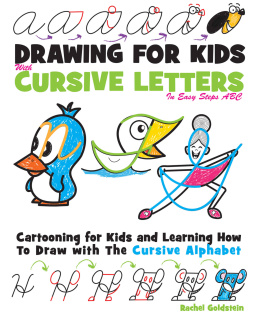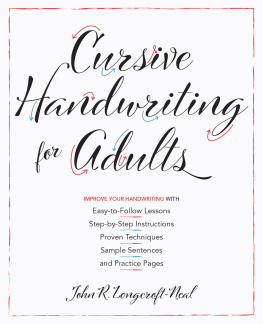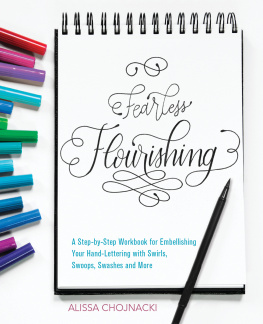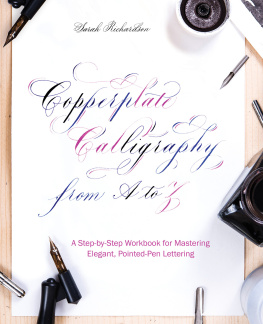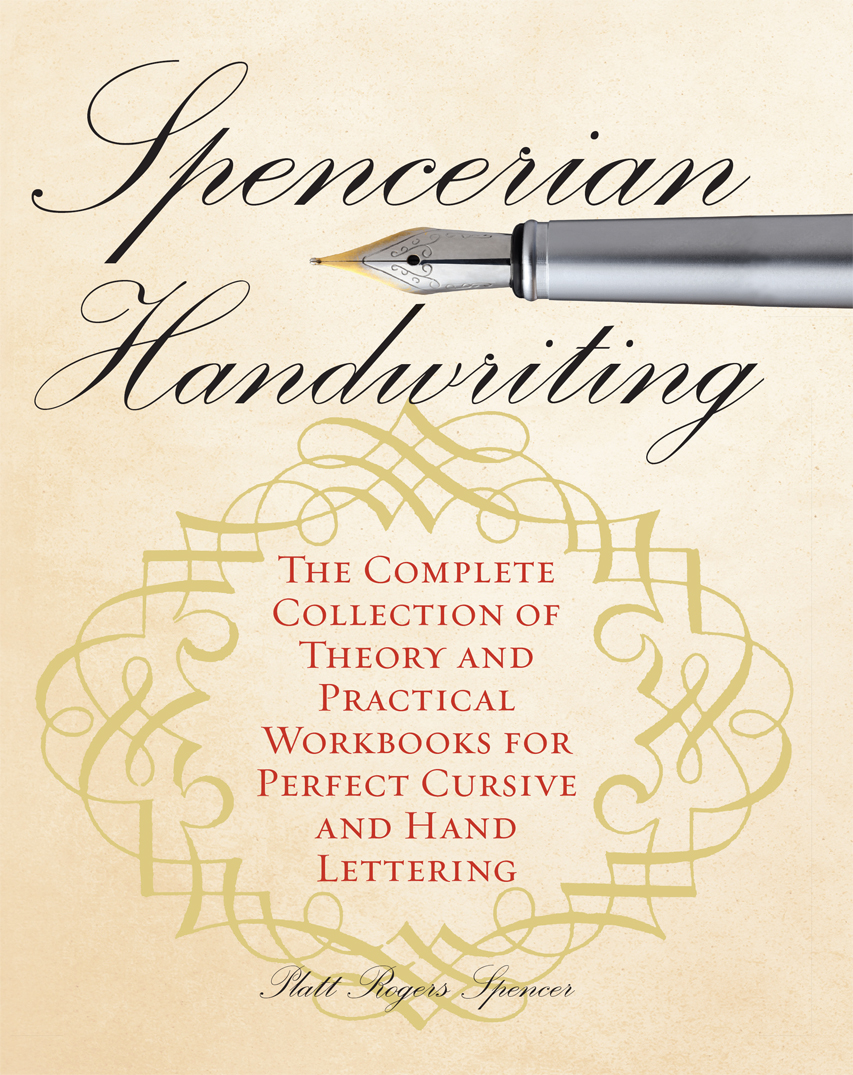

Compilation copyright 2016 Ulysses Press and its licensors. All rights reserved. Any unauthorized duplication in whole or in part or dissemination of this edition by any means (including but not limited to photocopying, electronic devices, digital versions, and the Internet) will be prosecuted to the fullest extent of the law.
Published in the United States by:
Ulysses Press
P.O. Box 3440
Berkeley, CA 94703
www.ulyssespress.com
ISBN 13: 978-1-61243-542-8
10 9 8 7 6 5 4 3 2 1
Acquisitions editor: Casie Vogel
Managing editor: Claire Chun
Editor: Caety Klingman
Proofreader: Darcy Reed
Front cover design: Double R Design
Cover images: background MaxyM/shutterstock.com; pen koosen/shutterstock.com
Interior design and layout: what!design @ whatweb.com
Distributed by Publishers Group West
Table of Contents
Guide
Contents
for Schools and Private Learners
DEVELOPED BY
QUESTIONS AND ANSWERS, WITH PRACTICAL ILLUSTRATIONS
DESIGNED TO BE STUDIED BY PUPILS IN CONNECTION WITH THE USE OF THE SPENCERIAN COPY-BOOKS
BY THE SPENCERIAN AUTHORS
PUBLISHED BY
IVISON, BLAKEMAN, TAYLOR & CO.
NEW YORK AND CHICAGO




Writing is almost as important as speaking, as a medium for communicating thought. For this reason it is said that Writing is a secondary power of speech, and they who cannot write are in part dumb. Scrawls that cannot be read may be compared to talking that cannot be understood; and writing difficult to decipher, to stammering speech.

COMMENCING AND CLOSING WRITING EXERCISE
RemarksIn every properly conducted school, the writing exercise is commenced and closed in an orderly manner. The following plan is suggested, but it will, of course, be modified by the teacher as circumstances may require.
Pupils should obey the signals silently and promptly.
The teacher can frame special questions, and give the necessary drill to secure the desired order.
The signals may be given by bell, tap, or by counting, at the teachers discretion.
OPENING
1. Position at Desk.
2. Arrange Books.
3. Find Copy and adjust Arms.
4. Open Inkstands.
In double desks the pupils on the left (the pupils right) will open and close inkstands.
5. Take Pens.

 At this point the teacher should pay particular attention to giving instruction in penholding. When ready to write, give the order to Take Ink.
At this point the teacher should pay particular attention to giving instruction in penholding. When ready to write, give the order to Take Ink.
CLOSING
6. Wipe Pens.
7. Front Position.
8. Pass Pens.
Collecting them in the reverse order of their distribution.
9. Pass Books.
Books are to be collected in the reverse order of their distribution.
10. Close Inkstands.

POSITION FOR WRITING
RemarksThe position for writing should be a convenient one, allowing the easy action of the right arm and hand. In sitting at a desk or table there is little choice between what are known as the Left-side, Front, Right-oblique, or Right-side positions. They are all practiced by writers; but it is well for the sake of order and uniformity in a class that all the pupils should observe the same position. Whichever method is adopted, those who do not wish to become hollow-chested or round-shouldered, should learn to sit easily upright, and keep the shoulders square.
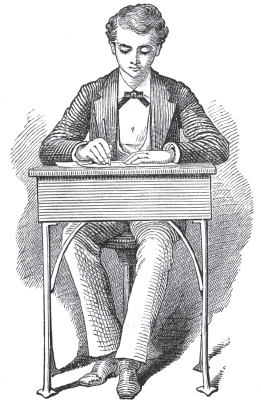
As the free use of the hand mainly depends on the manner of holding the pen, the correct method only should be learned, and persevered in until it becomes habitual and easy.
FRONT POSITION AT DESK
1. Will you please describe and assume the Front Position at desk?
Sit directly facing the desk, near to it, without leaning against it, with the feet level on the floor, and the forearms resting lightly on the desk in front at right angles to each other. Let the right arm rest lightly on the muscle forward of the elbowkeep the wrist above the paper, and rest the hand lightly on the nails of the third and fourth fingers, which should touch the paper directly under the palm. Adjust the book so that the right arm will be at right angles to the lines on which you are to write. Hold the book in place with the fingers of the left hand.
NOTEThe Left side Position varies from the Front in having the left side inclined toward the desk, and in placing the arms and book on the desk further to the right, so as to bring the right arm at right angles to the edge of the desk. This position is the most favorable for writing on large books which cannot be turned obliquely.

RIGHT-SIDE POSITION
2. Will you please describe and assume the Right-side Position at Desk?
Turn the right side near to the desk, but not in contact with it; keep the body erect, the feet level on the floor; place the right arm parallel to the edge of the desk, resting on the muscles just forward of the elbow, and rest the hand on the nails of the third and fourth fingers, keeping the wrist off the paper. Let the left hand be at right angles to the right, and resting on the book, keeping it parallel with the edge of the desk.
NOTEThe Right-oblique Position, varies from the full Right-side Position in having the right side but partially turned toward the desk, and the arms and book placed obliquely on the desk. It will be observed by trying the different positions that the greatest uniformity in a class can be secured by the full Right-side Position. When a position has been decided upon, the pupils should be prepared to describe and assume it promptly.
HOLDING THE PEN

3. Will you assume the writing position at desk, and then describe the correct manner of holding the pen, conforming to it in each particular?
Take the pen between the first and second fingers and the thumb, observing, 1st, that it crosses the second finger on the corner of the nail; 2nd, that it crosses the fore finger forward of the knuckle; 3rd, that th








